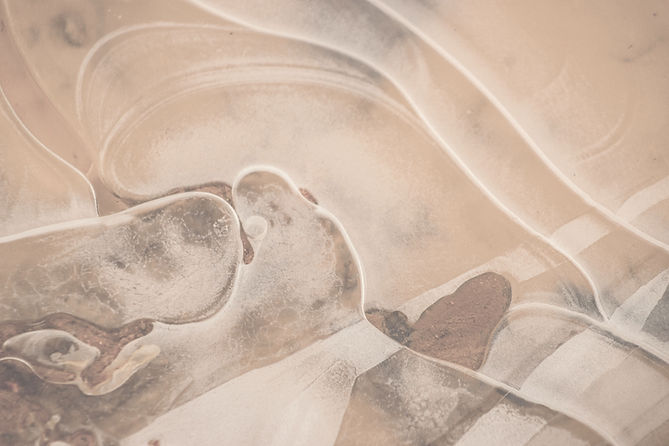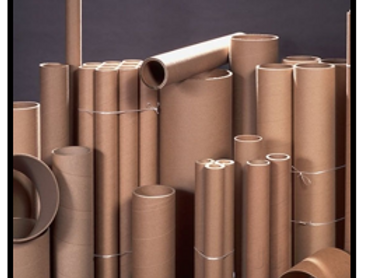

KRAFT PAPER TUBE
Paper tubes are tubes made from high quality kraft paper. They are very resilient and are capable
of enduring the stress and pressure that comes with transit and transportation processes. They are
recommended as postal tubes and other types of tubing for shipping and packaging applications.
Also, known as cardboard tubes, are cylinder shaped components that are made with cardboard.
Paper tubes can be used for a wide range of functions. Typical paper tube applications include
shipping and mailing, cartridge fabrication, crafts, concrete pillar construction, structural support
(posters, paper towels, etc.), storage (documents, art, food, etc.) and gardening pots.
Benefits

ECO FRIENDLY
because they are recyclable, paper tubes are a cost effective alternative to other
materials such as metal, glass, plastic, or wood
In terms of
STRENGTH TO WEIGHT RATIO , cardboard is often times favored over plastic and metal
because of its light weight and durability. Heavy duty cardboard tubes are much less prone to denting
and breakage, making this type of cardboard ideal for high impact mailing and shipping applications.
Paper Tube Types and Shapes
Paper tubes or cores can be constructed from one, two or many plies of brown kraft paper or paperboard.
The innermost layer or ply, the liner, and the outermost layer, the wrap, can consist of different materials (foil, film, etc.) or specialized paper. The specialized paper and materials can provide water resistance, graphics or labeling, or a specific color.
The two main types of paper tubes and cores include spiral wound and convolute or parallel wound paper tubes. Convolute wound tubes are used in applications requiring high bend strength, crush resistance and dynamic strength.
A spiral wound tube has the paper ply or plies wrapped around at an angle to the tube's axis. In convolute tubes, the outer two edges of the paper strip are wrapped parallel or at a 90-degree angle to the tube‘s axis.


Tube End Forming, Cutting and Capping

A closure feature is added onto a paper tube to produce a paper can, mailing tube, or other tubular composite packaging material. Paper tube closures can be made by rolling or forming the end of the tube for creating rounded edges and inserting a paper disc, by inserting a plug or cap, and by combination for end forming and capping.
The closure on the end of a paper tube can be permanent or removable. Permanently closed ends include:
-
Paper cup ends
-
Fixed plastic plug ends or caps
-
Seamed metal ends, plug ends or caps
Another option is two caps, which fit over the outside of the tube ends. Caps can be made of plastic, metal or paper. Specialized plugs and caps are available for specific end uses. Slotted caps facilitate coin or ticket collection. Sifter caps with perforation allow dispensing of powders and dry goods. Plugs or caps with a square exterior portion or tab can provide an anti-roll feature.
Paper tube containers can be constructed using telescoping paper tubes or two paper tubes with the inner paper tube having an outer diameter slightly less than the inner diameter of the outer paper tube. Two-piece and three-piece telescopic paper tube containers are usually made with rolled ends with paper or wooden disc plugs.
-
Two-piece telescopic tubes can be adjustable in length allowing different length documents or goods to be packaged or stored with one paper tube product.
-
Three-piece paper tube containers are often used for packaging wine, cosmetics and other high-end commodities.



